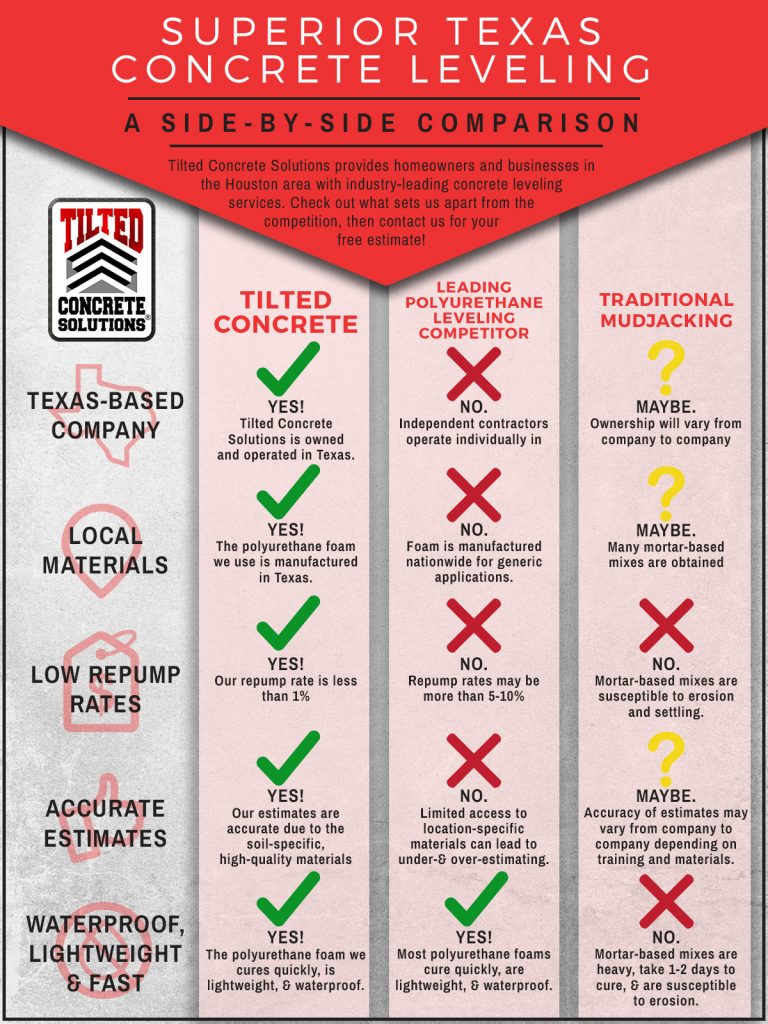Interior Paint Vs. Outside Paint: Critical Differences And Appropriate Applications
Interior Paint Vs. Outside Paint: Critical Differences And Appropriate Applications
Blog Article
Personnel Writer-Lausten Henry
When you're picking in between exterior and interior paint, it's essential to comprehend their essential differences that impact both efficiency and appearances. Inside paints are crafted for reduced VOC levels and smoother surfaces, making them optimal for indoor areas, while outside paints are designed to sustain harsh weather conditions and UV exposure. Each type serves a distinct function, but recognizing when to make use of one over the other can greatly influence your task's outcome. So, what variables should you take into consideration when making your selection?
Composition and Formula
When choosing in between exterior and interior paint, understanding their structure and formula is crucial. Interior paints commonly have a reduced amount of unstable natural compounds (VOCs), making them much safer for indoor air quality. You'll see they frequently have a smoother surface, which enhances their capability to withstand spots and allows for simpler cleansing. They're made to hold up against the roughness of indoor settings, including differing humidity levels and temperature level fluctuations.
On the other hand, exterior paints are created to endure harsher problems. They generally have higher degrees of pigments and additives to resist fading from UV rays, in addition to to stop mildew and mold growth. Their structure consists of more binders and materials, which supply far better attachment to surfaces exposed to the components. This ensures the paint can stand up to rain, snow, and fluctuating temperatures without peeling off or splitting.
Efficiency and Toughness
Assessing performance and durability is vital when selecting between exterior and interior paint. Interior paint is designed for surface areas that experience much less damage. It commonly stands up to fading and scuffing, making it excellent for living rooms and rooms. Nevertheless, it might not hold up well in high-moisture locations like bathroom and kitchens without correct formula.
On the other hand, exterior paint faces harsher conditions. It's crafted to endure UV rays, rainfall, and temperature level variations. This type of paint commonly contains additives that stop mold and mildew growth, making certain durability in different environments. When you use external paint, you can anticipate it to last numerous years longer than indoor paint, offered it's used appropriately.
Another vital distinction lies in the finish options. Inside paints often have a variety of coatings for visual appeal, while outside paints prioritize longevity over sheen. If you're trying to find something that can deal with the elements, outside paint is your best choice.
In painter , if you're concentrated on interior appearances with much less worry for severe conditions, indoor paint could be suitable. Ultimately, your selection should line up with the details demands of the environment.
Aesthetic Considerations
A fresh layer of paint can change an area, yet visual considerations play a crucial role in your choice in between exterior and interior choices. When you're picking paint, consider the state of mind you want to produce. Inside paint permits you to explore a broader series of shades and coatings, allowing you to reveal your individual style and boost your home's ambiance. Whether https://www.21oak.com/inspiration/basement-paint-ideas/ select soft pastels or strong colors, the appropriate indoor paint can make your spaces feel cozy, lively, or serene.
On the other hand, outside paint requires to line up with your home's architecture and the surrounding environment. Below, you're not simply making a design declaration; you're additionally considering curb appeal. Choosing colors that harmonize with your neighborhood can improve your home's value and aesthetic allure. Keep in mind that exterior paint is also based on fading and climate adjustments, so selecting a timeless color can conserve you from frequent repainting.
Eventually, take into consideration just how each option fits your vision. By straightening your paint option with your wanted aesthetic, you can produce areas that mirror your character while keeping performance.
Conclusion
When it concerns selecting paint, understanding the key differences between interior and exterior choices is important. Interior paints concentrate on aesthetic appeals and reduced VOCs, making them perfect for enhancing your interior spaces. In contrast, outside paints are designed for toughness and weather resistance, shielding your home from the aspects. By considering your specific requirements and the environment, you can with confidence choose the appropriate paint to accomplish the appearance and durability you desire for your area.
